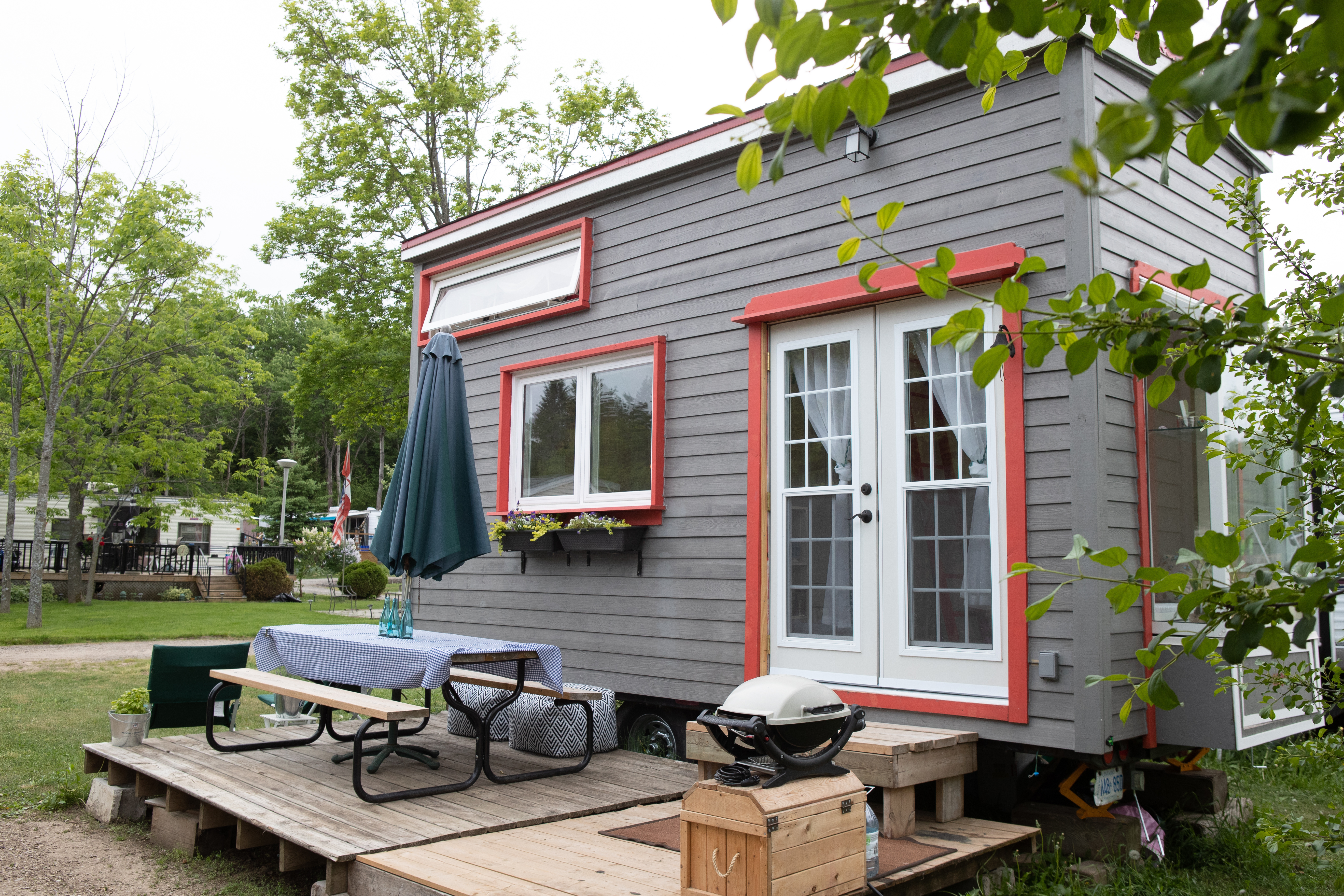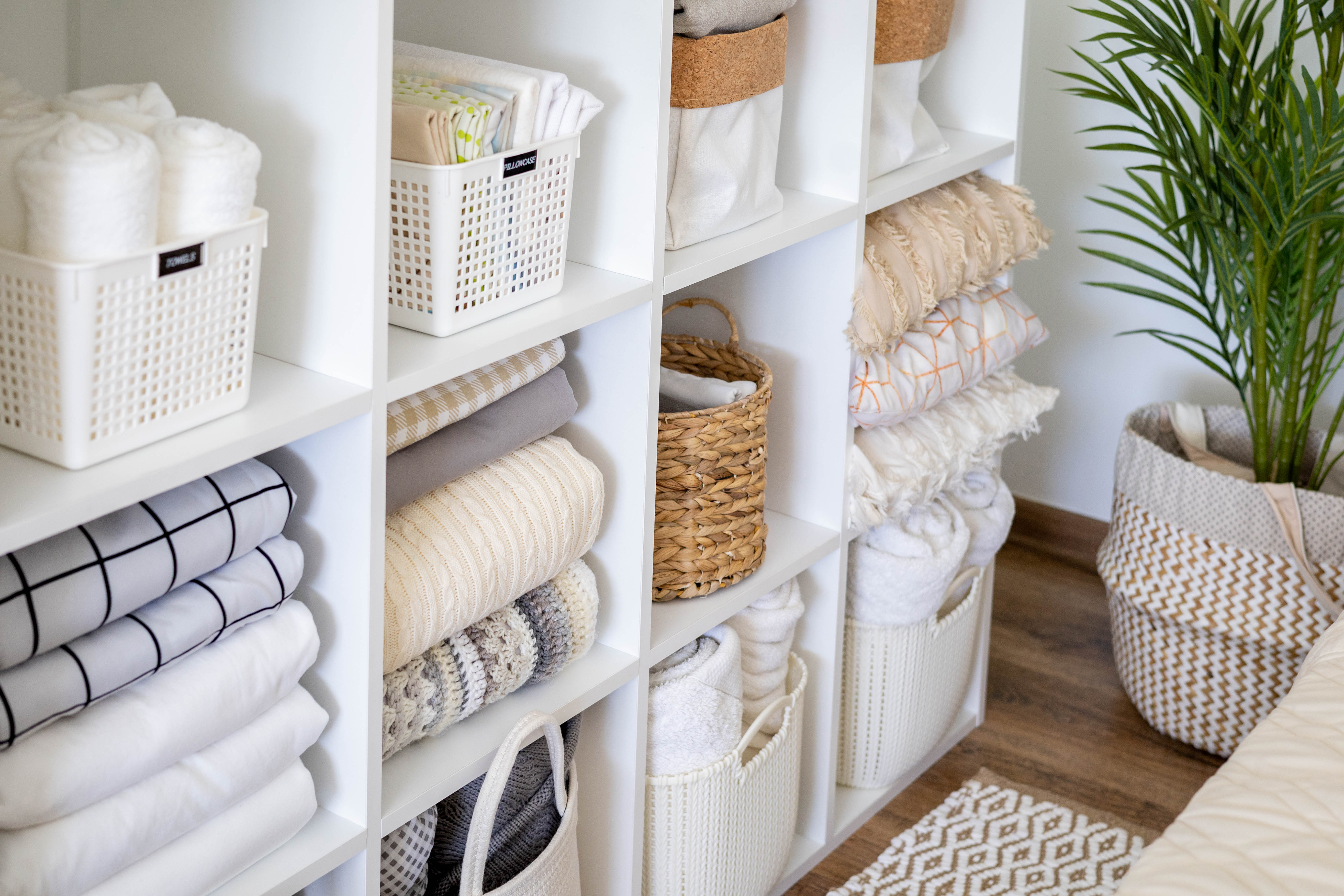
Some time ago, give or take a few decades, having more often meant better. Most people wanted spacious homes, massive cars, and closets with hundreds of clothes.
But when you enter a café or check social media today, you'll notice a big change. Tiny houses, cozy studio apartments, and capsule wardrobes are the rage nowadays. It's a cultural shift where people are focusing on efficiency and downsizing, which is becoming a sign of the compact living mindset.
The Origins of the Compact Living Mindset
The compact living mindset is a practice rooted in what most people know as minimalism. It's also based on the rising awareness of environmental issues and the desire for mental and physical decluttering.
Unlike previous generations that equated success with having more, today's adults value having just enough. No longer is the scarcity mindset affecting this generation's choices. In fact, with so much stuff now, people would rather downsize.
Do you feel overwhelmed by the amount of things you own, or prefer staying in a tiny home? Downsizing offers a sense of relief against those feelings and encourages a compact living mindset.
For example, people let go of a vast bag collection due to lack of space or stress over maintenance. In turn, they'll keep only a few practical bags that align with the compact yet elevated lifestyle movement. While minimal in number, they've chosen items worth it in the long run.
Choosing Less with Intentionality
Intentionality is the core of compact living. When you cut back on things you own, you must think carefully about what you really need. Reflecting helps you understand what actually adds value to your life.
People who live with less often mention feeling more clear-headed, focused, and happier. They tend to have better mental health due to less time cleaning or searching for misplaced items. That frees up time and space for things that make life richer.
This positive mindset shows up even in everyday items. Minimalist sling bags, for example, can carry just the essentials without weighing you down or tempting you to bring too much. These small choices help reinforce the habit of intentional living and avoid unnecessary clutter.
Social Media's Influence on Downsizing
Social media has helped make compact living mainstream. Nowadays, you rarely see influencers flaunting their walk-in closets or massive mansions. Many now share how they live in tiny houses or work in minimalist container offices.
Videos of micro-apartments or item organization in smaller drawers can rack up millions of views. Some trends, like a 30-piece wardrobe or minimal makeup collections, also inspired people to try living with less and loving it.
Efficiency as a Luxury

The compact living mindset doesn't have to mean going for a basic and boring lifestyle. Most people view efficiency as a luxury in itself. Clever designs that help you do more with less space are now sought after.
That's why you'll see more multi-functional furniture or smart storage solutions for tiny homes. Others, like fold-out desks or kitchens with hidden compartments, reduced cramping and cluttering spaces. These features are now considered high-end because they make life easier and more enjoyable.
Living in a tiny house is also considered classy by some people. You'll see tiny homes on wheels or luxury shipping container homes built with efficiency and beauty in mind. The interiors don't appear as cramped as you would think. Loft beds and sliding walls are aesthetically pleasing while allowing for more space. Thoughtful design choices can feel more luxurious than sheer size.
Living Small Reflects Personal Values
Choosing compact living is also a statement of personal values. Tiny homes use less energy, and their residents often practice sustainable living.
Driving a compact, fuel-efficient car reduces your carbon footprint. Installing solar panels and using solar power for your home lessens your reliance on fossil fuels. Buying fewer but higher-quality items means you replace things less often. These choices reflect a desire to live responsibly and leave a lighter footprint on the planet.
Inspiration from Around the World
Compact living isn't as new an idea as you think. Many major cities worldwide, like Hong Kong and Tokyo, have been practicing it out of necessity for decades. Architectural innovations have created ingenious solutions for people seeking tiny houses and developed compact workforce housing in urban environments.
What's different now is that people in places with more space choose to live small. The appeal is spreading globally as more people see the freedom of having fewer possessions.
The Challenges of Compact Living
While it might seem appealing initially, compact living isn't for everyone. Families with several children might not thrive in tiny houses. Residing in converted shipping containers is also not always permitted in some places. Others worry that minimalism can feel like a performance rather than a personal choice.
Compact furniture and smart designs can be amazing. But they're sometimes expensive, which can limit people who wish to adopt a tiny living lifestyle.
Conclusion
The compact living mindset continues to grow and attract others despite the challenges. People realize they don't need piles of stuff or a sprawling space to be happy. Sometimes, tiny houses and capsule wardrobes are more than enough.
Besides a cleaner space and a sounder mind, downsizing leads to energy cost reduction at home. It also encourages sustainable living for a healthier environment.
Value nowadays isn't equated by how much or how big you have. It's now based on intentional choices and what your space and belongings mean to you.







